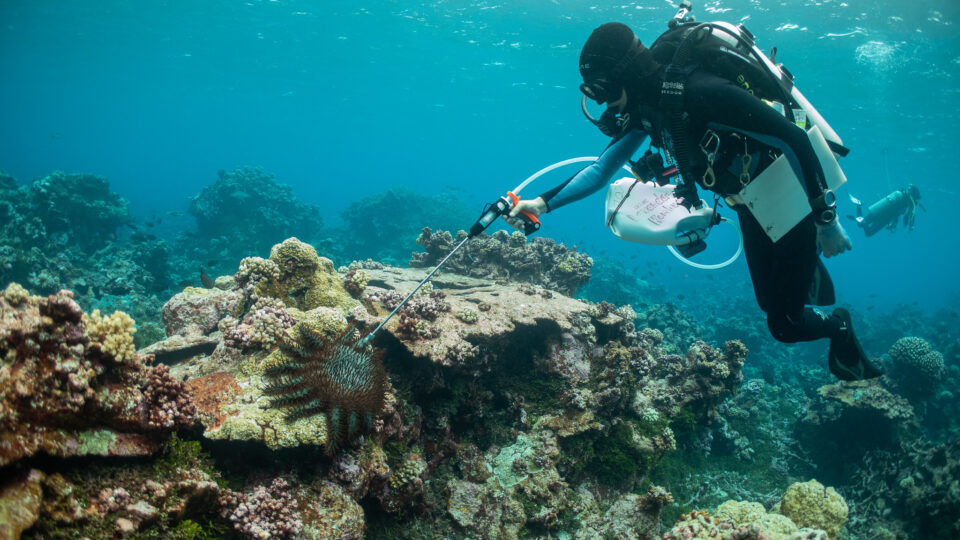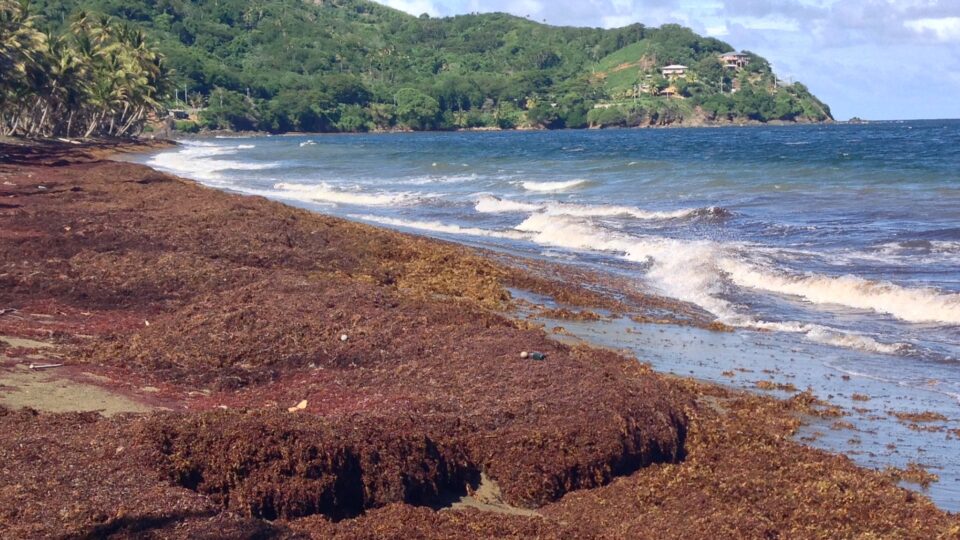Recent climate models estimate that if the effects of climate change are not mitigated soon enough, 95% of the world’s corals could die by the mid 2030s. Given the current rate of greenhouse gas emissions, this is an increasingly likely outcome. Coral reefs are estimated to have a $10 trillion economic value apart from their essential role in marine ecosystems.
Researchers at the University of Hawaii at Manoa have demonstrated a successful technique for cryopreserving entire coral fragments; in other words, preserving coral using cold temperatures and successfully reviving them.
Existing coral cryopreservation techniques rely on freezing sperm and larvae, which can only be collected during spawning events, which occur only a few days each year for coral species. This makes it logistically very challenging for researchers and conservationists.
The Hawaiian researchers focused on a process called isochoric vitrification, which is a method of freezing with liquid nitrogen that prevents the formation of ice crystals. They tested the technique with thumbnail-sized fragments of coral, freezing them in small aluminum chambers which restrict the growth of ice crystals that would otherwise damage delicate polyp tissues. Once the chambers were warmed, the fragments were transferred to seawater and allowed to recover. They found that the revived corals behaved the same as those that were never cooled.
The process holds great promise to conserve the biodiversity and genetic diversity of coral. If the process can be scaled up, it may be possible to preserve as many species of coral as possible by 2030, when it may no longer be viable for them to survive in the warming and acidifying oceans.
**********
Web Links
Cryopreservation breakthrough could save coral reefs
Photo, posted June 2, 2023, courtesy of USFWS – Pacific Region via Flickr.
Earth Wise is a production of WAMC Northeast Public Radio



